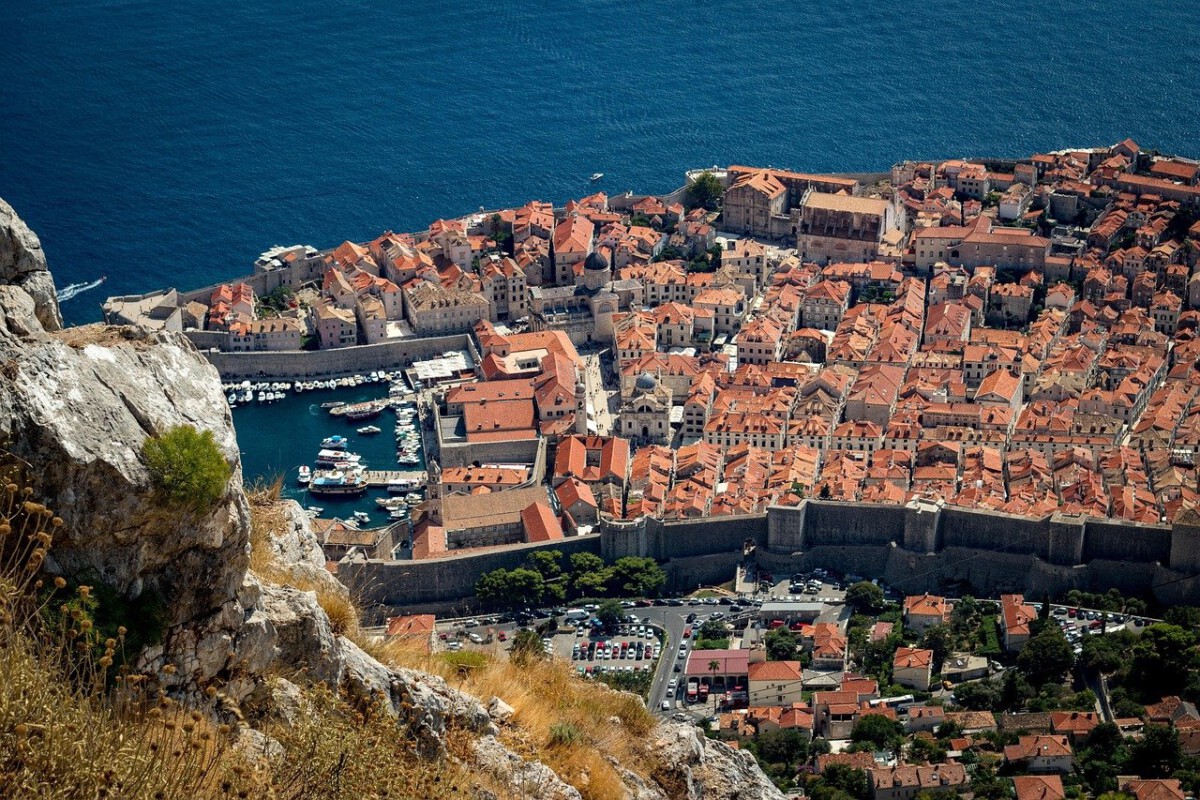Bhutan: Preserving Cultural Integrity

Nestled high in the Himalayas, Bhutan has always done things a little differently. The country’s “high value, low impact” philosophy has led to a bold move in 2024: tourists must now pay a daily fee of $200 to visit. This isn’t just a price tag—it’s a statement about what Bhutan values most. Officials say the money goes directly to sustainable development, cultural preservation, and protecting the country’s almost mythical landscapes. With just over 60,000 visitors per year, the government aims to keep numbers low and experiences high quality. “Our heritage is not for sale,” one tourism board member recently declared. If you’re dreaming of seeing the Tiger’s Nest monastery, you might soon need more than just a plane ticket—you’ll need a serious commitment to responsible travel.
Venice, Italy: Battling Overtourism

Venice, with its winding canals and romantic allure, has long been at risk of sinking under the weight of its own popularity. In 2025, city officials plan to roll out a strict reservation system, capping the number of tourists to 25,000 per day. That’s a sharp drop from the 30 million visitors who flooded in annually before the pandemic. “Venice is not a theme park,” the mayor recently warned, urging travelers to respect the city’s fragile ecosystem. Locals are feeling squeezed out, and the city’s ancient buildings are buckling under foot traffic. The new measures, including entrance fees and blocked-off zones, are designed to save Venice from itself. The city’s future may depend on tourists learning to love it from afar—or at least, in much smaller numbers.
Iceland: Environmental Concerns on the Rise

Iceland’s otherworldly landscapes—think geysers, volcanoes, and the Northern Lights—have drawn millions over the past few years. In 2023 alone, 2.5 million people visited, a number that dwarfs the country’s population of just 380,000. This popularity has come at a cost: fragile moss fields trampled, hot springs overcrowded, and wildlife disturbed. In response, officials announced in 2024 that several iconic sites will soon require permits. Environmental groups have praised the move, saying it’s the only way to prevent irreversible damage. The government is weighing a quota system to protect hotspots like Gullfoss waterfall and Thingvellir National Park. If you want to snap that perfect glacier selfie, be prepared—access will soon be much harder to get.
Machu Picchu, Peru: Protecting Cultural Heritage

Machu Picchu isn’t just a tourist attraction—it’s a sacred site and a wonder of the world. But with daily crowds sometimes exceeding 5,000, the ancient citadel is showing signs of wear. In 2024, Peru’s government announced a strict new cap: just 2,500 visitors per day. This is a dramatic shift aimed at preserving the archaeological marvel for future generations. Local guides and conservationists have long warned that constant foot traffic threatens the site’s stability. The new rules, expected to take effect in early 2025, will require advance tickets, timed entries, and guided visits. As one park official put it, “Machu Picchu is not infinite. We must act now, or lose it forever.”
Thailand: A Shift Towards Sustainable Tourism

Thailand’s golden beaches and vibrant cities have made it one of the world’s top tourist destinations. But after welcoming a record 40 million visitors in 2023, the government is hitting the brakes. Authorities are set to introduce caps on visitors to hotspots like Phuket, Koh Phi Phi, and Maya Bay, starting in 2025. The focus is on protecting coral reefs, wildlife, and local communities battered by overdevelopment. Entrance fees and daily quotas are being discussed, as the country pivots towards quality over quantity. Tourism Minister Phiphat Ratchakitprakarn said, “We want visitors who respect our environment and culture.” Thailand’s message is clear: paradise comes with a responsibility.
Barcelona, Spain: Regulating Visitor Numbers

Barcelona’s colorful streets, world-class art, and sunny beaches have made it a magnet for global travelers. But in 2024, the city took a bold stand against overtourism, passing a law to restrict the number of visitors in neighborhoods like the Gothic Quarter and La Rambla. With over 30 million people visiting in 2023, the city’s infrastructure—transport, sanitation, even housing—has been stretched to the limit. Residents have protested rising rents and the loss of local character. By mid-2025, the new regulations will limit large tour groups and restrict short-term rentals. City officials hope these changes will restore balance, making Barcelona livable for locals and enjoyable for mindful visitors.
Galápagos Islands, Ecuador: Protecting Biodiversity

The Galápagos Islands are a living laboratory, home to species found nowhere else on Earth. Yet, with more than 270,000 annual visitors, the islands are under threat. In 2024, Ecuador’s government announced new limits on tourism, including a permit system for all visitors and stricter regulations for tour operators. Conservationists have sounded the alarm, warning that unchecked tourism could cripple fragile ecosystems. The proposed cap on visitor numbers is designed to ensure that the islands’ wildlife remains undisturbed. The changes are controversial—some locals rely on tourism for their livelihoods—but most agree that protecting biodiversity must come first. As one park ranger said, “We’re guardians of a treasure. We can’t afford to lose it.”
Bali, Indonesia: Curbing Environmental Impact

Bali’s lush rice terraces, temples, and beaches have made it an Instagram sensation. But the island’s popularity has come at a steep environmental cost. With over 6 million tourists in 2023, Bali is grappling with waste management crises, water shortages, and vanishing green spaces. In 2025, authorities are poised to introduce caps on visitor numbers in overburdened areas like Ubud and Kuta. Plans include daily limits, higher entry fees, and stricter zoning laws. Officials hope these measures will ease pressure on the island’s resources and restore its natural beauty. “Bali is not just a backdrop for selfies,” says one local activist. “If we want it to survive, we need a new approach.”
Dubrovnik, Croatia: Managing Tourist Flow

Dubrovnik’s ancient city walls and red-tiled roofs have become synonymous with fantasy and history, thanks in part to blockbuster TV shows. In 2023, the city hosted 1.5 million visitors—a number that dwarfs its population of just 40,000. The Croatian government responded in 2024 with a plan to cap daily visitors at 8,000 starting in 2025. This limit is designed to reduce wear and tear on the city’s fragile architecture and improve quality of life for locals. Security cameras and digital counters will monitor crowd sizes at the city gates. Officials believe this bold move will ensure Dubrovnik remains a real city, not just a film set.
Santorini, Greece: Aiming for Sustainable Tourism

Santorini’s whitewashed villages and volcanic cliffs are the stuff of travel dreams. But with over 2 million tourists in 2023, the island is bursting at the seams. Local authorities are moving to restrict the number of cruise ship passengers who can disembark each day, starting in 2025. The aim is to prevent environmental damage and preserve Santorini’s unique character. New rules will also target illegal rentals and encourage longer, more meaningful stays. Tourism officials hope that these changes will protect the island’s beauty and give both visitors and residents breathing room. Santorini’s message is simple: come for the sunsets, but respect the island’s limits.







